Featured image credit: Stan Shebs
Living in the entertainment capital of the planet, we have our fair share of mansions in LA. And we mean mansions by every definition. Obviously, the word “mansion” more or less means something. But the details change slightly depending on who you ask. So what makes a house a mansion? Here’s the clearest answer possible…
Why Agents Don’t Like to Use the “M” Word
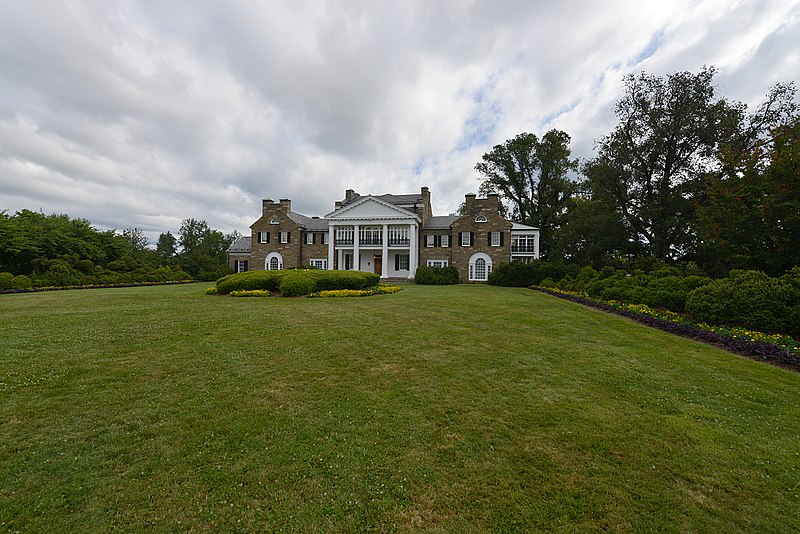
If you read through the property descriptions on JohnHart’s listings, you’ll never find the word “mansion.” That’s because real estate professionals try to avoid using the word. Sometimes, it just can’t be avoided.
For example, if the iconic Doheny Mansion were listed, the listing agent would obviously employ the “m” word without a second thought. But, in most cases, listing descriptions skirt the use of the word “mansion” because it sets up expectations that can’t always be met by the loose definition.
So, is it square footage that determines a mansion? That’s part of it. Do the number of rooms factor into what makes a house a mansion? You bet. Location can even create a certain context for defining a mansion. For example, a mansion in Anytown, USA might not make the cut in a decadent city like Los Angeles.
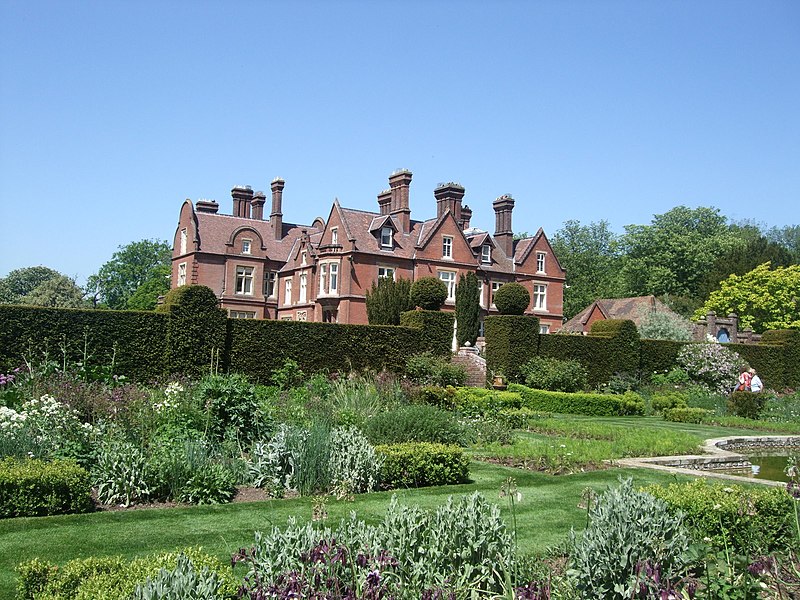
With such a slippery definition, how can you tell what makes a house a mansion? It’s not exactly a straightforward checklist, but let’s explore some of the features most commonly attributed to mansions.
Size Matters
If you travel around the U.S., you’ll find neighborhoods where a 5,000 square foot home would easily qualify for mansion status. But in the Greater Los Angeles area, you’re safer referring to a property of that square footage as a luxury home.
Here, a property needs to be pushing 20,000 square feet to be considered a mansion with any earnestness. But across the country, most in the real estate industry would agree that the average low end for mansion square footage is approximately 8,000 square feet. Keep in mind that this is for contemporary mansions. Older mansions, including English estates, could be smaller and still qualify through other factors.
Living in a Material World

We need to talk for a moment about a blight on the word “mansion.” McMansions have significantly muddied the waters regarding what makes a house a mansion.
Sometimes, McMansions have the square footage. And they often have an adequate number of bedrooms and bathrooms. So, why does the luxury housing industry regularly turn their noses up to McMansions?
It has to do with quality materials. McMansions are basically assembly line mansions. They’re built rapidly through the most affordable means using the most affordable materials.
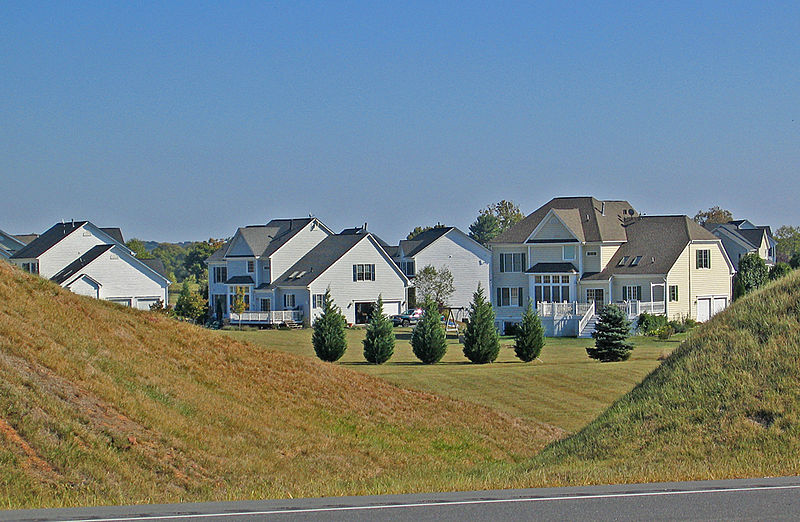
Traditionally, mansions are supposed to be constructed with care and quality. This not only means quality labor, but quality materials. Reputable mansions will typically incorporate high grade materials like:
- Rich, natural woods
- Robust stonework
- Elegant fabrics
- High end marbles and granites
The Blueprint of a Mansion
Even the architecture itself can be an indicator of mansion status. While McMansions are as cookie cutter as one can expect from mass manufactured mansions, authentic mansions are customized.
Designers of mansions often seek influence in grandiose, classical architectural styles like Colonial or Victorian. Of course, the Victorian era was all about mass production as we discussed in our Architecture 101 series. But with over a century between the Victorian era and our modern time, it’s safe to say Victorian architecture has renewed value.
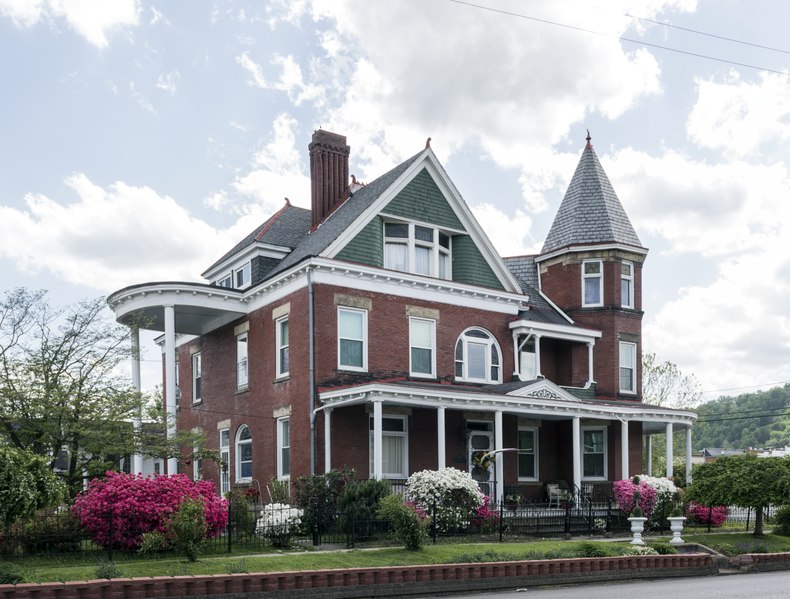
Other common design motifs of mansions include:
- Soaring vaulted ceilings
- Tall, looming windows
- Intricately designed facades
- Carefully crafted archways
- Multiple lavish bedrooms
- An abundance of luxurious bathrooms
- Colossal walk-in closets
Modern Conveniences
The contemporary mansion varies greatly from the mansions of yore. This may be most evident in the types of comforts employed throughout the home as a result of rapid developments in technology. Some of the state-of-the-art luxuries that can contribute to mansion status include:
- State-of-the-art, brand name kitchen appliances
- Smart home features
- Complex security systems
- Electric fireplaces
- Highly secure safe rooms
- Advanced media rooms
A Life of Leisure

But a mansion is also a place for leisure and entertainment. Those investing in such regal properties often want the liberty to host lavish parties, elegant soirees, and private events. Therefore, recreation needs to be built into the property. So, what makes a house a mansion when it comes to entertainment? Solid examples include:
- Game rooms with a variety of options
- Customized, fully-stocked bars
- Multiple kitchens, interior and exterior, for guests and parties
- Movie theaters
- Fully equipped private gyms
- Bowling alleys
- Private night clubs
- Indoor sauna
Grounds for Mansion Status
Then, there are the yards or “grounds” depending on the property in question. Looking at older mansions, you’re likely to run into a distinction between a mansion and an estate. Massive homes situated on huge expanses of land were commonly referred to as estates. By comparison, mansions were massive structures that sat on relatively small plots of land.
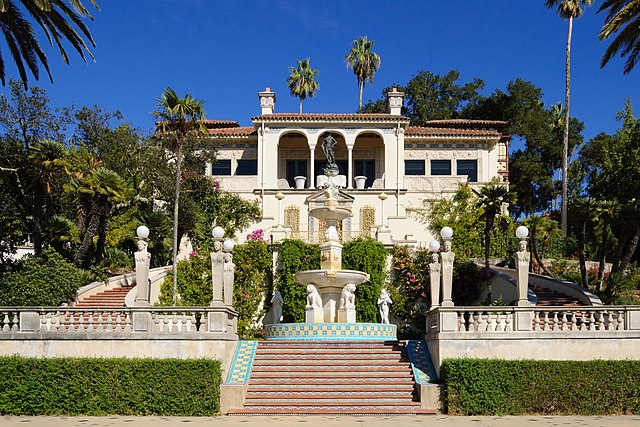
That distinction is less militant these days… especially here in the U.S. Here, it’s common to find a mansion nestled amongst a lush and lavish yard, offering soothing spas and swimming pools. The sprawling yards of modern mansions will often include:
- Beautifully manicured topiaries
- Water features such as fountains and waterfalls
- Swimming pools
- Hot tubs and saunas
- Gardens – rock, zen, rose, etc.
- Pool houses and cabanas
- Nature trails
- Fire pits
- Outdoor kitchens
- Gazebos
- Tennis courts
- Greenhouses
- Guest houses
- Pergolas
- Accommodating garages
- Motor courts
The Fluid Nature of What Makes a House a Mansion
So, the definition of “mansion” is as fluid as the water features that so often adorn their yards. You won’t find a legally binding, ironclad definition or unanimous agreement on the subject. Nor will you be able to settle the matter of what makes a house a mansion with a cataloging of features. Starting to see why real estate agents avoid using the “m” word?
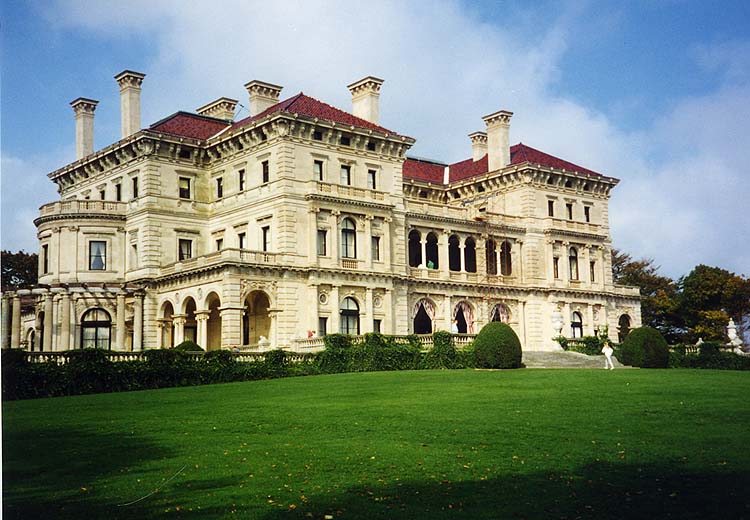
Comments
Post a Comment